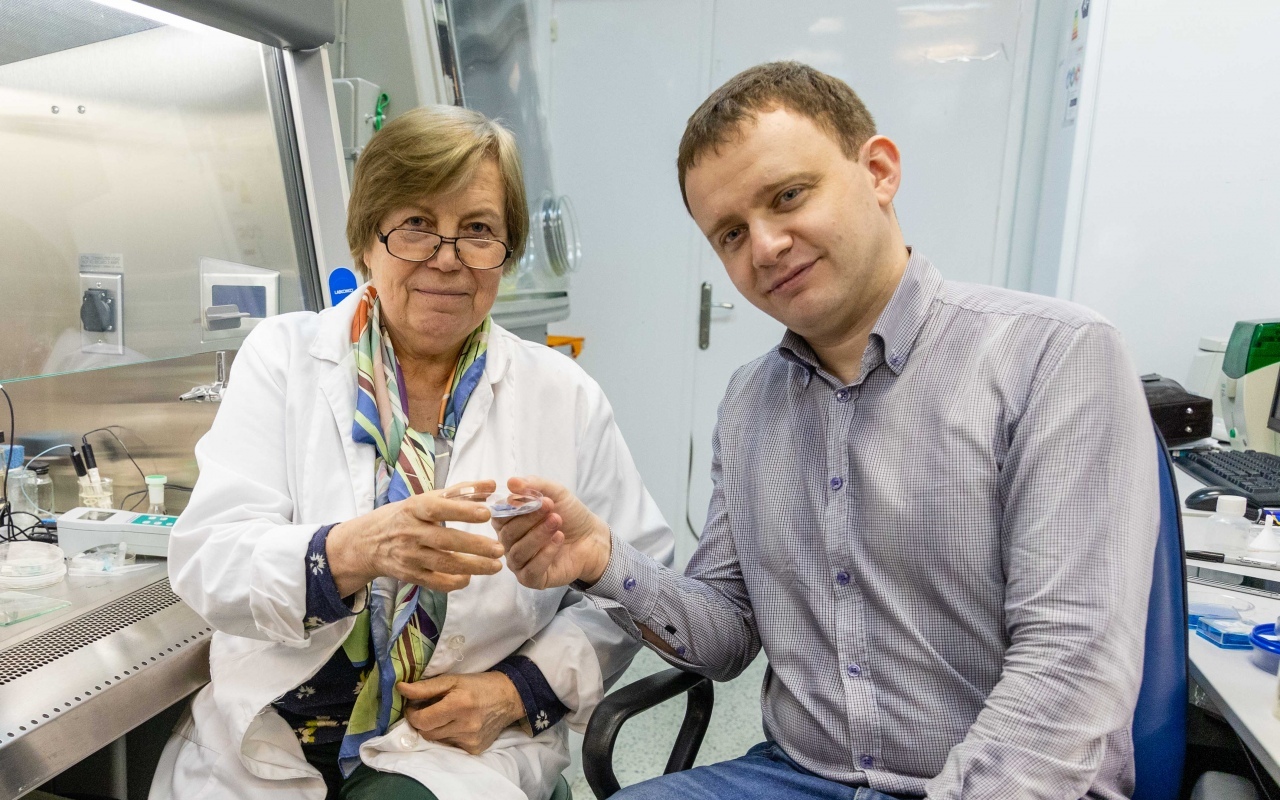Today, the most important problem of biomedical analysis is the prompt diagnosis of chronic diseases – in particular, cardiovascular diseases, which are the main cause of mortality, according to the WHO. Timely diagnosis and care are often decisive factors determining the disease’s progression. The main preclinical diagnostic tool is electrocardiography, which, however, often fails to identify the developing myocardial infarction.
“Today, there is a growing prevalence of chronic and systemic diseases in the population, such as cardiovascular diseases – heart attack, stroke, chronic heart failure, rheumatoid arthritis, systemic sclerosis, pancreatitis, and others. At the time when HIV/AIDS, tuberculosis, and malaria are spreading, these problems seem less important, but WHO statistics show that it is chronic diseases that lead to reduced life expectancy, disability, etc. Therefore, cheap, timely, and accurate diagnosis of chronic diseases is crucial for successful treatment and prevention of their development,” says Tatiana Zimina, Associate Professor of Department of Micro- and Nanoelectronics of ETU “LETI”.
According to scientists, it is more reliable to confirm the diagnosis using biochemical methods, namely the analysis of disease biomarkers in the blood. LETI scientists suggested using new approaches when creating tests: identification of protein markers (proteomics), bioinformatics, and others.
“Currently, a large number of protein biomarkers of diseases have been identified. Based on this, we can build a system that allows prompt decision-making for each patient. However, the existing means of a biochemical diagnosis of chronic diseases are expensive and labor-intensive, and some of them have unsatisfactory accuracy,” explains researcher.
The LETI research team aims to find ways to create a cheap and versatile biochip-based system for a rapid diagnosis of chronic diseases. The work is conducted jointly with the Almazov National Medical Research Centre. The team includes specialists in biophysics, information technology, micro- and nanoelectronics, biochemistry, nanotechnology, precision mechanics, and other areas.
“There are three complementary areas in the project: modeling the spatial structures of proteins using bioinformatics, verification of modeling results with experimental results of analysis of biochemical properties of proteins, and development of lab-on-a-chip for rapid disease diagnostics,” says Oleg Markelov, Head of the “Advanced Wireless Technologies” area at ETU “LETI.”
At the first stage, LETI scientists will assemble a library of protein markers characterizing a particular disease. In the second stage, they will develop a compact hybrid-integrated circuit board (biochip). Scientists will teach it to recognize various disease protein markers with high accuracy and selectively capture them. In addition, the project will develop a methodology for diagnosing chronic diseases using biochips. LETI researchers have already begun systematizing known biomarkers related to human physiological parameters.
LETI scientists and their colleagues from the Almazov Center plan to develop a biochip-based system by 2024. A patient will have to submit blood or saliva samples for analysis. The test result will be ready within half an hour, which is tens of times faster than traditional blood tests. After receiving the patient’s express results, the doctor will be able to decide if more thorough quantitative tests are necessary.






